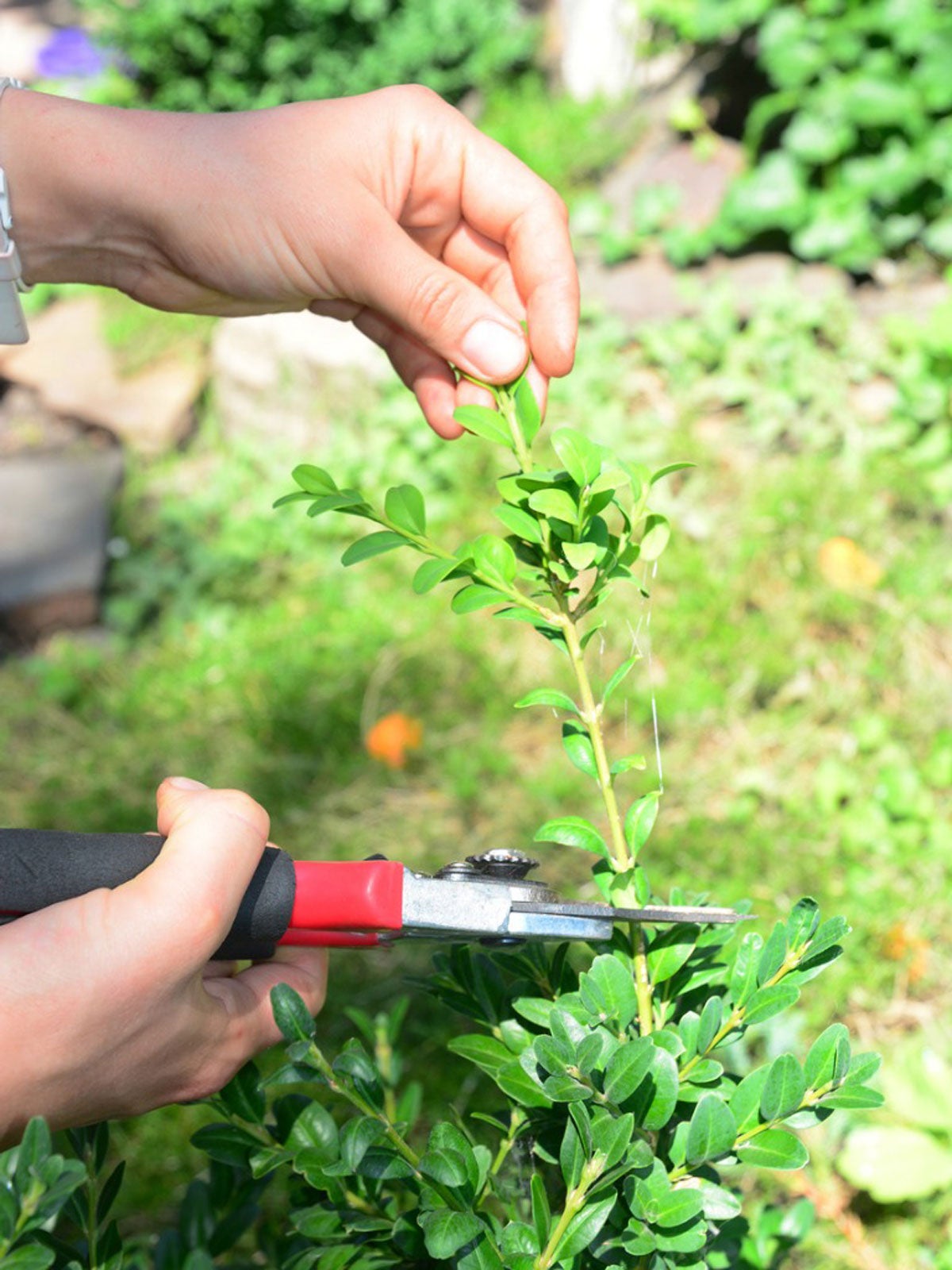How To Root Cuttings From Various Shrubs, Bushes And Trees


Many people say that shrubs, bushes and trees are the backbone of garden design. Many times, these plants provide structure and architecture around which the rest of the garden is created.
Unfortunately, shrubs, bushes and trees tend to be the most expensive plants to purchase for your garden. However, there is one way to save money on these higher ticket items. This is to start your own from cuttings.
There are two types of cuttings to start shrubs, bushes and trees -- hardwood cuttings and softwood cuttings. These phrases refer to the state the wood of the plant is in. New growth that is still pliable and has not yet developed a bark exterior is called softwood. Older growth, which has developed a bark exterior, is called hardwood.
How to Root Hardwood Cuttings
Hardwood cuttings are typically taken in early spring or early winter when the plant is not actively growing. But, in a pinch, hardwood cuttings can be taken anytime of the year. The point of taking hardwood cuttings in non-growth periods is more to do with doing as little harm to the parent plant as possible.
Hardwood cuttings are also only taken from deciduous shrubs, bushes and trees that lose their leaves every year. This method will not work with evergreen plants.
- Cut off a hardwood cutting that is 12 to 48 (30-122 cm.) inches long.
- Trim the end of the cutting to be planted just below where a leafbud grows on the branch.
- Cut off the top of the branch so that there are at least two additional leafbuds above the bottom leafbud. Also, make sure that the area left is at least 6 inches (15 cm.) long. Additional buds can be left on the branch if necessary to make sure the branch is 6 inches (15 cm.).
- Strip the bottom-most leafbuds and the topmost layer of bark 2 inches (5 cm.) above this. Do not cut too deeply into the branch. You only need to take off the top layer and you don't need to be thorough about it.
- Place the stripped area in rooting hormone, then put the stripped end into a small pot of damp soilless mix.
- Wrap the whole pot and cutting in a plastic bag. Tie off the top but make sure the plastic is not touching the cutting at all.
- Place the pot in a warm spot that gets indirect light. Do not put in full sunlight.
- Check the plant every two weeks or so to see if roots have developed.
- Once roots have developed, remove the plastic covering. The plant will be ready to grow outdoors when the weather is suitable.
How to Root Softwood Cuttings
Softwood cuttings are normally taken when the plant is in active growth, which is normally in the spring. This will be the only time you will be able to find softwood on a shrub, bush or tree. This method can be used with all types of shrubs, bushes and trees.
- Cut a piece of softwood off the plant that is at least 6 inches (15 cm.) long, but no longer than 12 inches (30 cm.). Make sure that there is at least three leaves on the cutting.
- Remove any flowers or fruit on the cutting.
- Trim the stem to just below where the bottom most leaf meets the stem.
- On each of the leaves on the stem, cut off half of the leaf.
- Dip the end of the cutting to be rooted in rooting hormone
- Put the end to be rooted into a small pot of damp soiless mix.
- Wrap the whole pot and cutting in a plastic bag. Tie off the top but make sure the plastic is not touching the cutting at all.
- Place the pot in a warm spot that gets indirect light. Do not put in full sunlight.
- Check the plant every two weeks or so to see if roots have developed.
- Once roots have developed, remove the plastic covering. The plant will be ready to grow outdoors when the weather is suitable.
Sign up for the Gardening Know How newsletter today and receive a free copy of our e-book "How to Grow Delicious Tomatoes".

Heather Rhoades founded Gardening Know How in 2007. She holds degrees from Cleveland State University and Northern Kentucky University. She is an avid gardener with a passion for community, and is a recipient of the Master Gardeners of Ohio Lifetime Achievement Award.